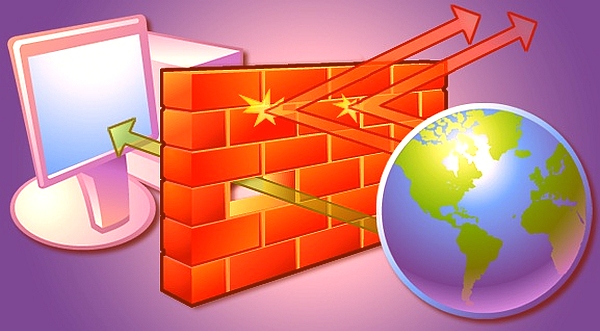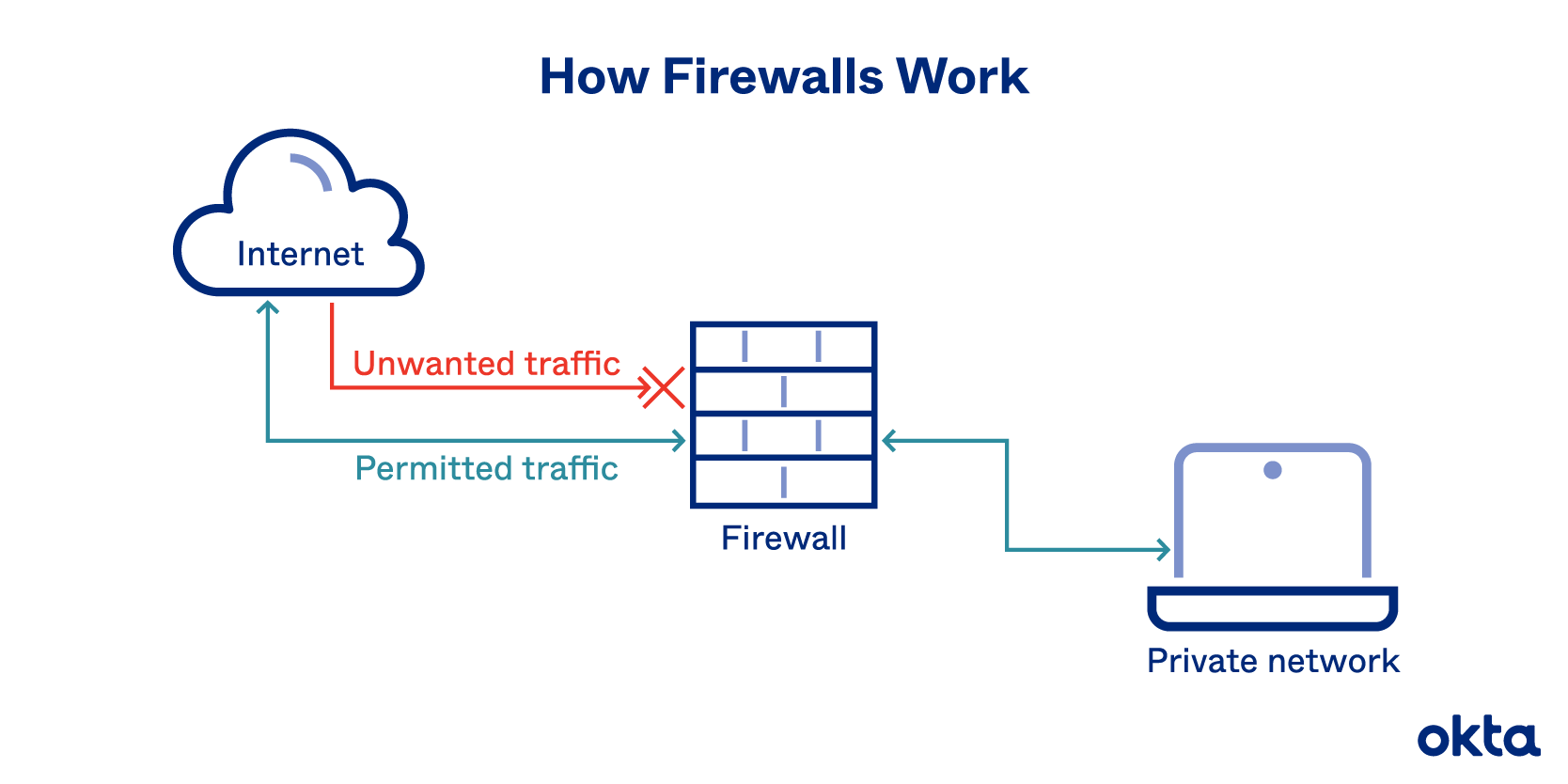

The following are types of firewall techniques that can be implemented as software or hardware: Security policy management tools such as the AlgoSec Security Management Suite can help.Besides, there are many other types of firewalls depending on their features and the level of security they provide. Hard to keep up changing rules and applications on multiple devices? Consider automation. In addition, all good firewall policies are regularly reviewed, to make sure that they make are still relevant in an ever-changing network environment. Ensure that they are frequently patched and running the latest firmware updates. Of course, you also need to make sure that your firewall devices remain up-to-date. Frequently reviewing them helps avoid false positives. Every firewall has a built-in reporting tool with detailed information about your traffic. “Accept All” rules should not be included in your firewall policy.

There should be explicit drop rules (Cleanup Rules) at the bottom of each security zone. It should set all explicit firewall rules first. It should block traffic by default, allow only specific traffic to identified services. It is intent-based – that is, it clarifies why each rule exists and what it intends to do.įirewall rules should be documented, tracking the rule’s purpose, what services or applications it affects, affected users and devices, date when the rule was added, the rule’s expiration date, if applicable, and who added the rule.Ī good firewall policy also has a formal change procedure to manage change requests. Bloated rulesets significantly complicate the auditing process, which often involves a review of each rule and its related business justification.Ī good firewall policy documents your rules across your multiple devices. Unwieldy rulesets are not just a technical nuisance-they also create business risks, including open ports and unneeded VPN tunnels, conflicting rules that create backdoor entry points, and an enormous amount of unnecessary complexity. Maintaining your firewall rules is one of the most important firewall management functions, yet many businesses continue to struggle with it. Not properly managing firewall rules and changes can lead to serious risks, from blocking legitimate traffic to going offline or even getting hacked. Your network is in a constant state of flux. Not understand what the firewall is doing at any given time – even when traffic is flowing and applications are working - is a major cause of firewall policy risk. Demonstrate regulatory and policy complianceĪs networks become more complex and firewall rulesets grow, it is difficult to identify and quantify the risk that is introduced by misconfigured or overly permissive firewall rules.Assess the risk of the firewall’s policy.


However, with any firewall rule you need to: Your firewall rules are an important part of your network security policy.


 0 kommentar(er)
0 kommentar(er)
